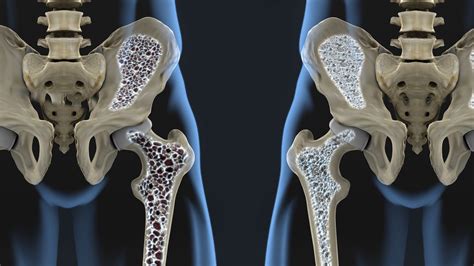Understanding Peak Bone Density in Men
Peak bone density, often referred to as peak bone mass, represents the greatest amount of bone tissue an individual has at any point in their life. It’s a critical determinant of long-term skeletal health, as the higher your peak bone density, the more bone you have “in the bank” to draw upon as you age. For men, establishing a robust peak bone density is crucial for reducing the risk of osteoporosis and fractures later in life.

The Average Age for Men’s Peak Bone Density
While there can be individual variations, scientific research generally indicates that men reach their peak bone density a bit later than women. On average, men achieve their maximum bone mass during their late twenties to early thirties. This period typically spans from around 25 to 35 years of age. During these years, the skeletal system has completed its growth and ossification processes, reaching its ultimate strength and density.
This timing is influenced by a combination of genetic programming and environmental factors. After this peak, bone density naturally begins a gradual decline, making the accumulation of as much bone as possible during these formative years incredibly important.

Key Factors Influencing Peak Bone Density
Several factors contribute to how much bone mass a man accumulates by his peak:
- Genetics: Family history plays a significant role, accounting for up to 70-80% of peak bone mass variation.
- Nutrition: Adequate intake of calcium and Vitamin D during childhood, adolescence, and early adulthood is paramount. These nutrients are the building blocks for strong bones.
- Physical Activity: Weight-bearing and resistance exercises (like walking, running, weightlifting) stimulate bone formation and help increase bone density.
- Hormones: Testosterone and other hormones are vital for bone development and maintenance.
- Lifestyle Choices: Smoking, excessive alcohol consumption, and certain medications can negatively impact bone accretion.

Strategies for Optimizing Bone Health Before and After the Peak
Even though the window for achieving peak bone density closes in the early thirties, maintaining bone health remains a lifelong endeavor. Prior to reaching peak bone density, focus on:
- Consistent Calcium and Vitamin D Intake: Dairy products, leafy greens, fortified foods, and sunlight exposure are key.
- Regular Weight-Bearing Exercise: Aim for at least 30 minutes most days of the week.
- Avoiding Harmful Habits: Limit alcohol and quit smoking.
After reaching peak bone density, the goal shifts to preserving it and minimizing bone loss. This involves continuing the healthy habits mentioned above, and for some, monitoring bone density with a doctor, especially if there are risk factors for osteoporosis.

Why This Matters: Preventing Osteoporosis
A higher peak bone density provides a buffer against the natural bone loss that occurs with aging. Men, like women, are susceptible to osteoporosis, a condition characterized by weak, brittle bones that are prone to fracture. Although often associated more with women, approximately one in four men over the age of 50 will experience an osteoporosis-related fracture. Maximizing bone density during youth significantly reduces this risk, promoting greater mobility and quality of life in later years.

Conclusion
Men typically achieve their peak bone density between their late twenties and early thirties. This is a crucial period for bone development, heavily influenced by genetics, nutrition, and physical activity. By understanding this timeline and adopting bone-healthy habits early on, men can significantly strengthen their skeletal framework, providing a strong foundation for a lifetime of mobility and greatly reducing the risk of osteoporosis in their later years.




